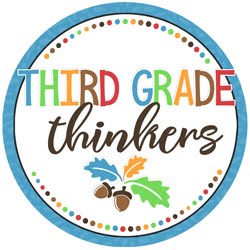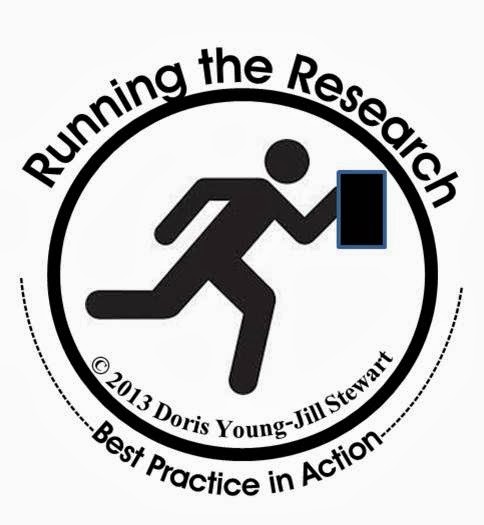Third graders are naturally curious.
They have lots of questions about lots of things.
One of my objectives as their teacher is to get them to realize that they don't really need me.
If they have pondering, questioning, or wondering minds then they can do something about it...
they don't need to wait for me or anyone else to teach them.
They can teach themselves by picking up a book.
That's just what we did during our animal unit.
I primed them by teaching them some vocabulary words connected to this science unit.

We learned about carnivores omnivores and herbivores.
We learned about predators and prey.
We learned about terrestrial and aquatic environments and SO much more.
Then it was time to use those words along with our good reader strategies and skills.
It was time to dig into nonfiction text resources like nonfiction books, encyclopedias and internet resources.
It was time to research.
So I went to our school library and checked out a ton of books about an assortment of animals.
I love the New True Books about Animals and Nature's Children Books. They are very third grade friendly and have all the nonfiction text features like indexes, glossaries and tables of content that I want my kids to get practice with.

I let my students pick a research buddy and an animal and we set to work.
They have lots of questions about lots of things.
One of my objectives as their teacher is to get them to realize that they don't really need me.
If they have pondering, questioning, or wondering minds then they can do something about it...
they don't need to wait for me or anyone else to teach them.
They can teach themselves by picking up a book.
That's just what we did during our animal unit.
I primed them by teaching them some vocabulary words connected to this science unit.

We learned about carnivores omnivores and herbivores.
We learned about predators and prey.
We learned about terrestrial and aquatic environments and SO much more.
Then it was time to use those words along with our good reader strategies and skills.
It was time to dig into nonfiction text resources like nonfiction books, encyclopedias and internet resources.
It was time to research.
So I went to our school library and checked out a ton of books about an assortment of animals.
I love the New True Books about Animals and Nature's Children Books. They are very third grade friendly and have all the nonfiction text features like indexes, glossaries and tables of content that I want my kids to get practice with.

I let my students pick a research buddy and an animal and we set to work.

We made a simple research folder out of a piece of construction paper.
Students cut out the four categories or topics that we wanted to include in our research:
habitat, diet, physical and behavioral characteristics.
These are aligned to the science learning objectives that are part of our curriculum.
I helped kids out by adding some guiding questions under each category.

We glued those into the center of the folder.

On the front they glued a cover that included a place to write the animal they were researching.
Then they filled a circle map with a picture of the animal and facts that they already knew about it.
This helps kids tap into their prior knowledge and gets them thinking about what they want to learn.
Then they filled a circle map with a picture of the animal and facts that they already knew about it.
This helps kids tap into their prior knowledge and gets them thinking about what they want to learn.


On the back cover, we glued another page to record the questions we had about the animal we were about to research. This helped us set a purpose for reading.
The back page also include a place to record the sources they used to gather information.

I required my students to use at least three different research resources.
We started with our books.

Partners helped coach partners in using the index and table of contents to locate the specific answers to questions we had. Students used post it notes to record information.
Students bulleted information rather than writing complete sentences for this fact finding mission.
One of our learning objectives is to understand what plagiarism is.
No plagiarists here!
Students bulleted information rather than writing complete sentences for this fact finding mission.
One of our learning objectives is to understand what plagiarism is.
No plagiarists here!

Working in groups kept everyone accountable.
There was lots of conversation and I used this as an opportunity to ask questions and take some anecdotal notes.
No need for a multiple choice test...authentic assessment at its finest!

Later in the week, we also used the children's online encyclopedia and the research site: Pebble Go. Kids loved this site!
We kept collecting information on our post its and added them under the category in which they belonged.

After days of researching and collecting facts, it was time to begin recording them in paragraph form. We have been working on paragraphing using the "Hamburger" method all year long.
Lots of shared writing had paid off.
My kids did a great job coming up with a topic sentence, adding details and then a conclusion sentence.


We had some peer revising and editing to do. We reviewed our writing targets and students helped students clean up our drafts. Then it came to me. I had quick conferences with students.
We corrected words like the homophone...roam/rome.

My students begged to do the final draft on computers.
It is amazing how fast they are picking up keyboarding skills!
All that was left was to add an illustration.
I had my kids create "pop up" art work that highlighted the animal's habitat.
Here is their end product.
A four paragraph research paper!
Mission Accomplished!





My students loved working on this project. They were engaged readers and writers and were able to use the skills we worked on all year in a truly authentic way.
Are you interested in having your students attempt this mission?
This set is included in my TPT store.
You can check it out by clicking the link below!
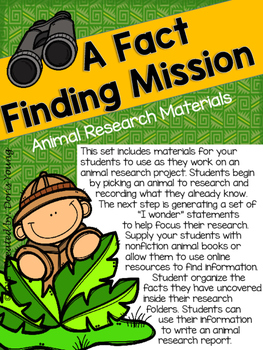
Animal Research Project












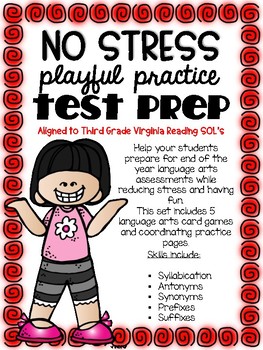
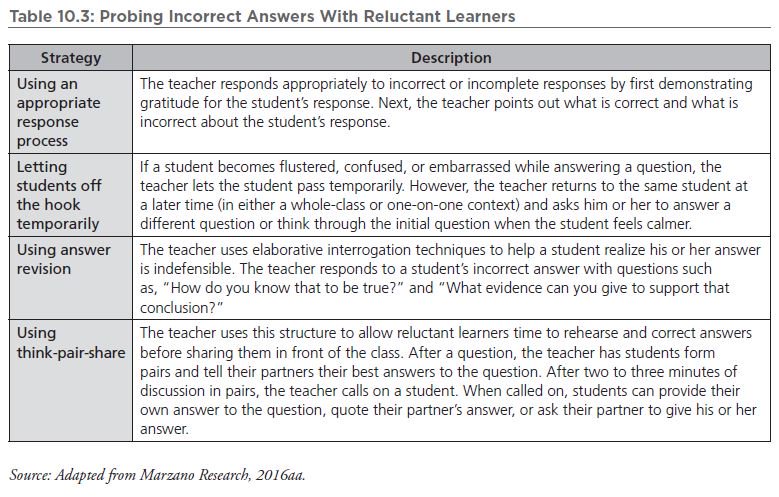 \
\











 youngdor8@gmail.com
youngdor8@gmail.com
